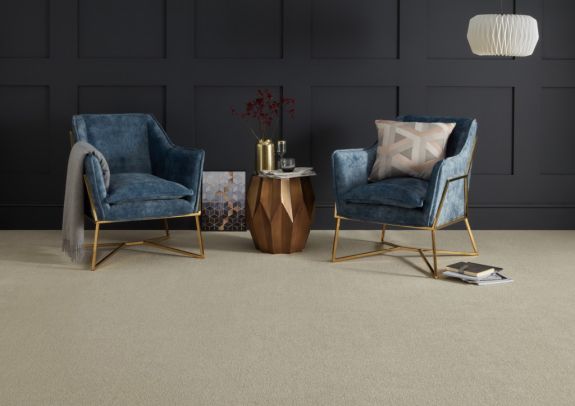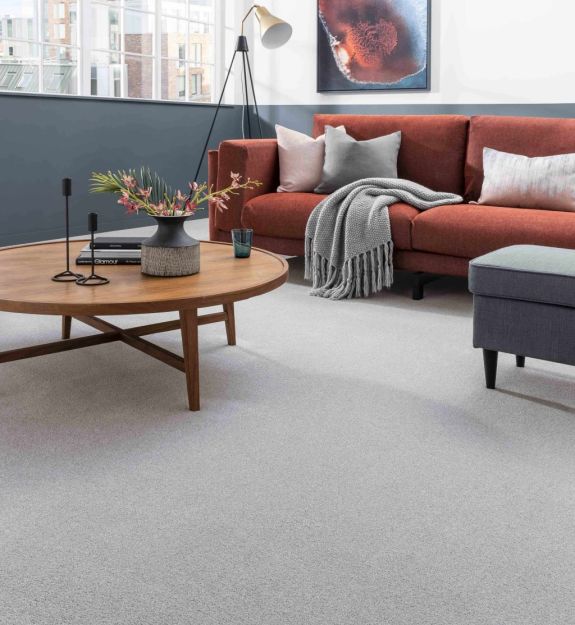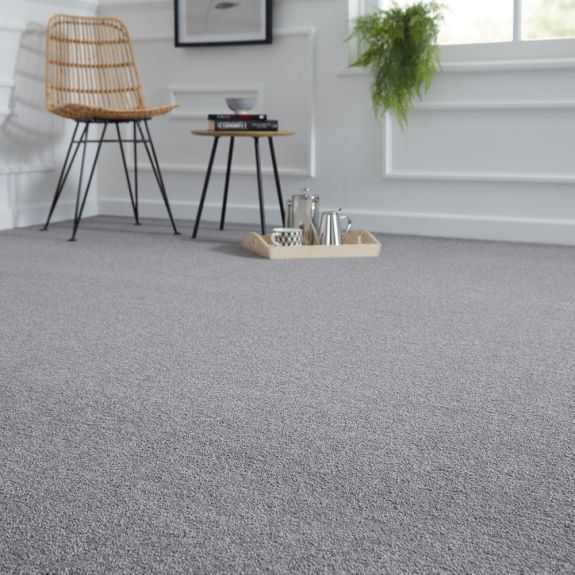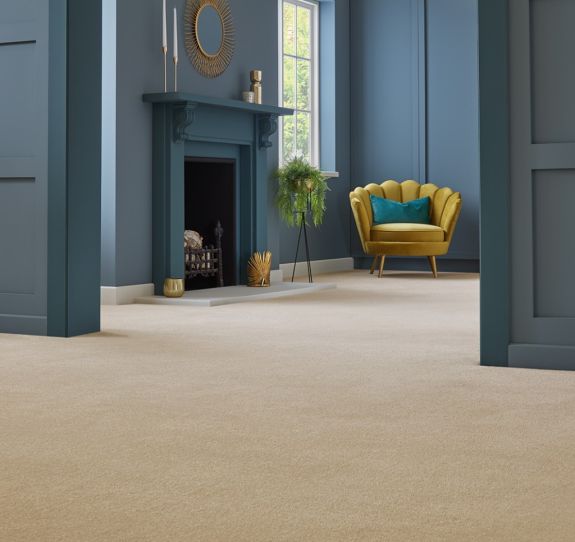The Final Steps
Once you’ve succeeded in fitting your artificial grass down, the glue has dried, and the pins have settled down, the next step is to brush the lawn with a stiff brush.
- First, get rid of any debris, loose fibres, and anything else that may have found its way onto the turf during installation.
- Spread your sand as evenly as possible over the artificial turf. Ideally, use a spreader, but spreading it manually is ok too.
- Brush the infill into the turf vigorously using a stiff brush. Brush against the pile to help stand it up and make your artificial grass look even better.
- Repeat as necessary.
And there you have it – a brand new lawn laid by your own hands! You should be pretty chuffed with yourself. To keep your new lawn looking good all year round, make sure you read our essential guide to how to care for artificial grass so you can show off your fabulous new outdoor space.
While artificial grass may seem like an attractive option for your home and garden, it's not the most eco-friendly choice. Artificial grass is typically made from petroleum-based materials and requires a significant amount of energy to produce, transport, and install. In contrast, natural grass provides important environmental benefits, such as food and nutrition for animal and plant life, as well as more oxygen production. By choosing eco-conscious flooring, you can reduce your environmental impact and create a more sustainable living space - explore eco-conscious flooring options like Tapi's TreadKindly range, which offers sustainable materials and manufacturing processes for inside your home.












































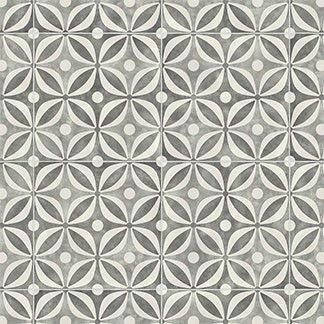
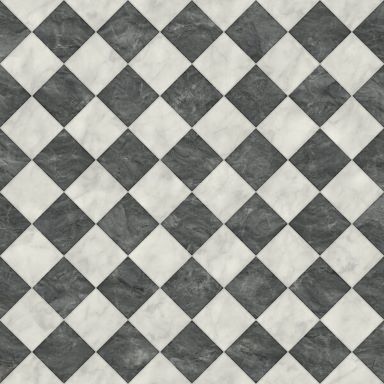

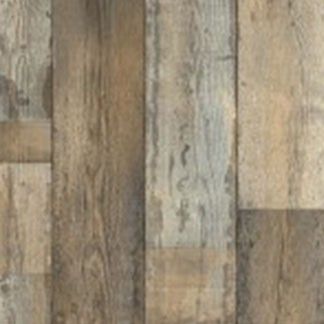











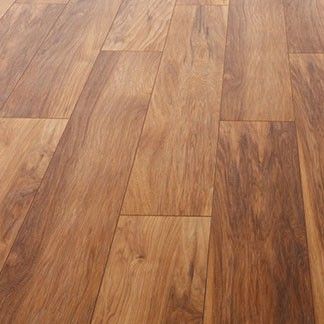
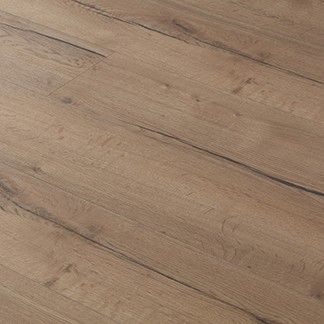












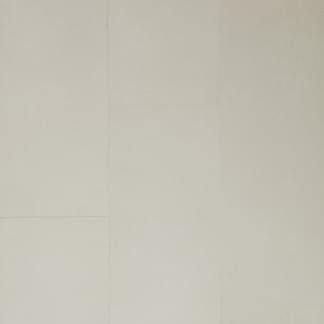




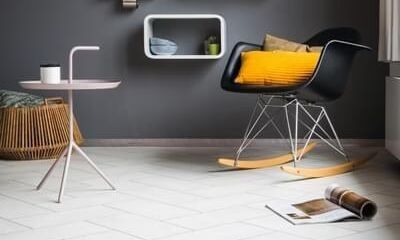
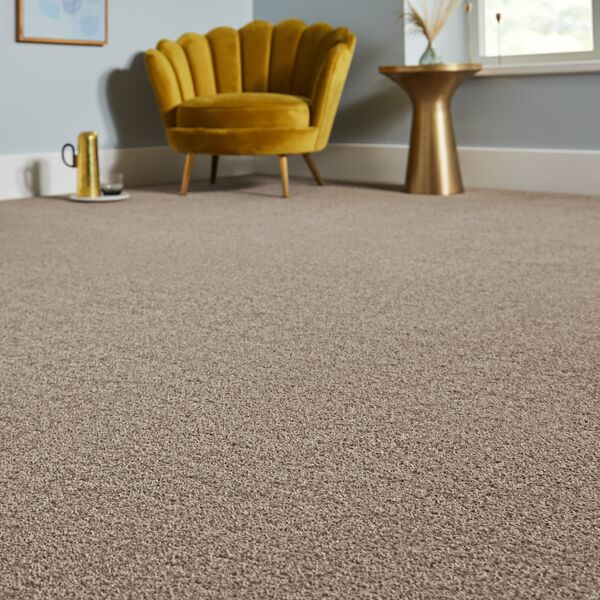
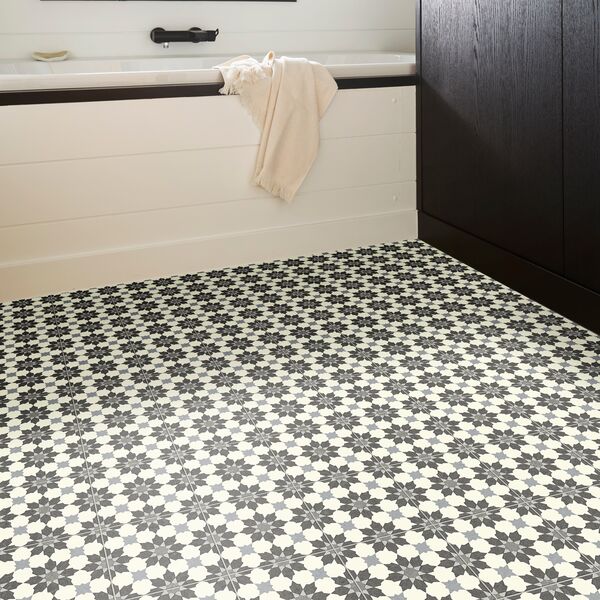
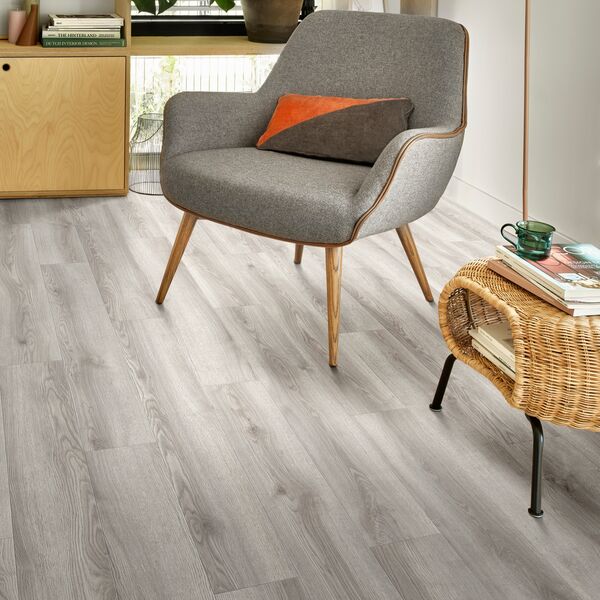

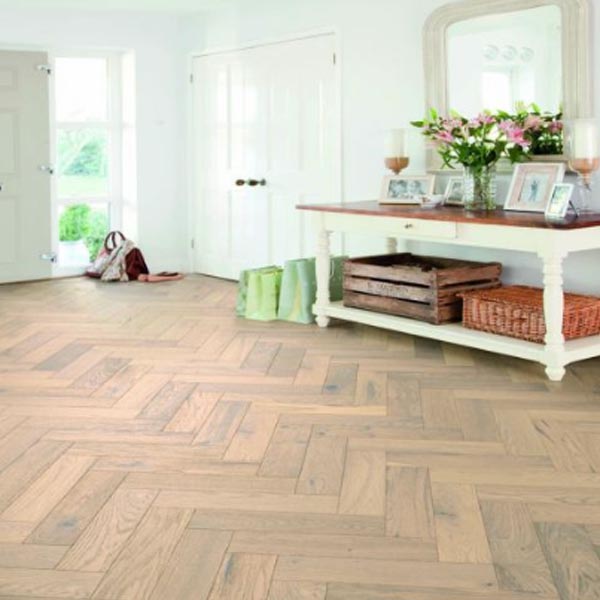

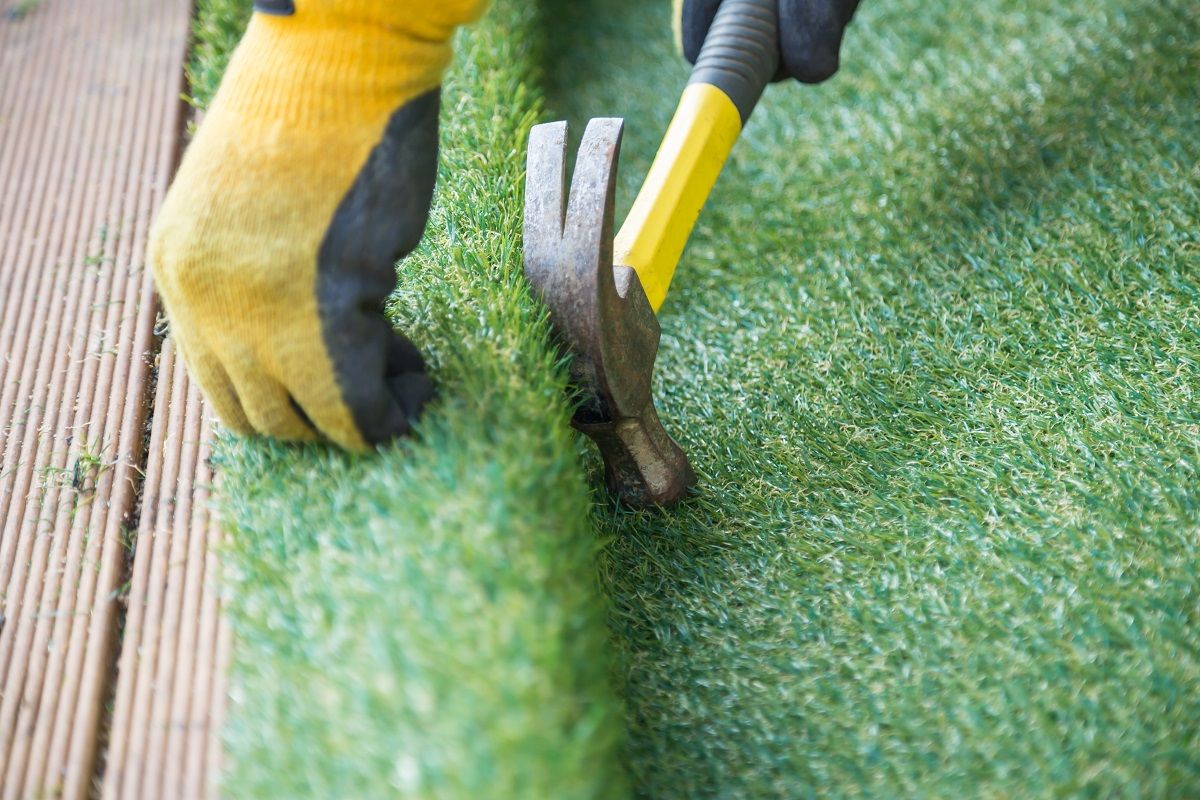
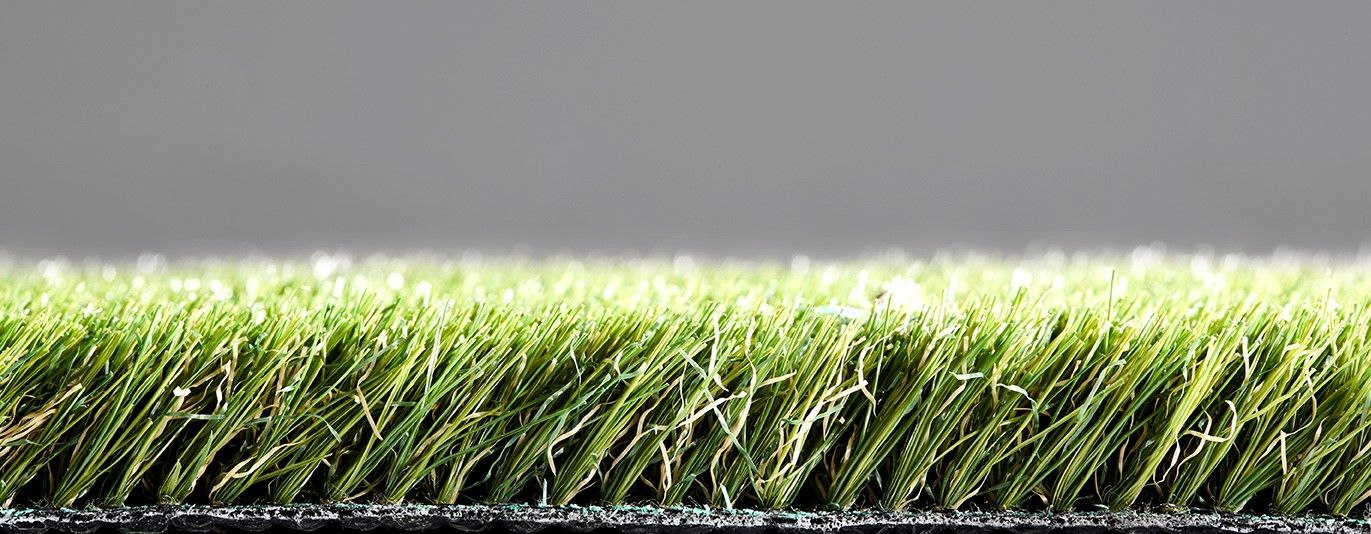

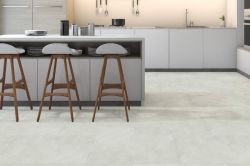

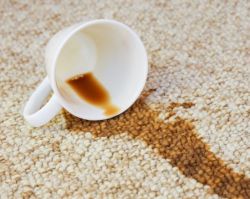





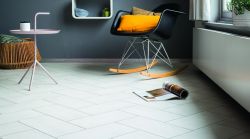

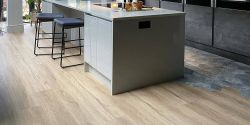

-250.jpg)
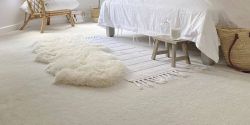

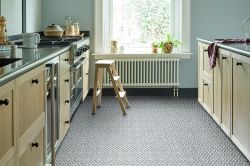

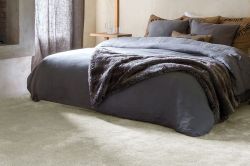

-250.jpg)
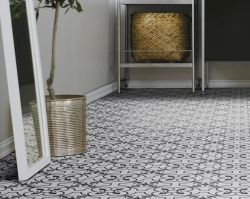

-250.jpg)
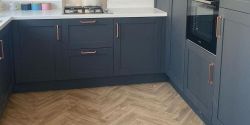
 copy-250.jpg)

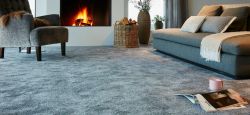






-250.jpg)
 - Article Image (not header)-250.jpg)
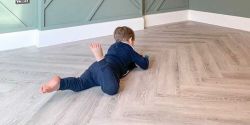
-250.jpg)

-250.jpg)




